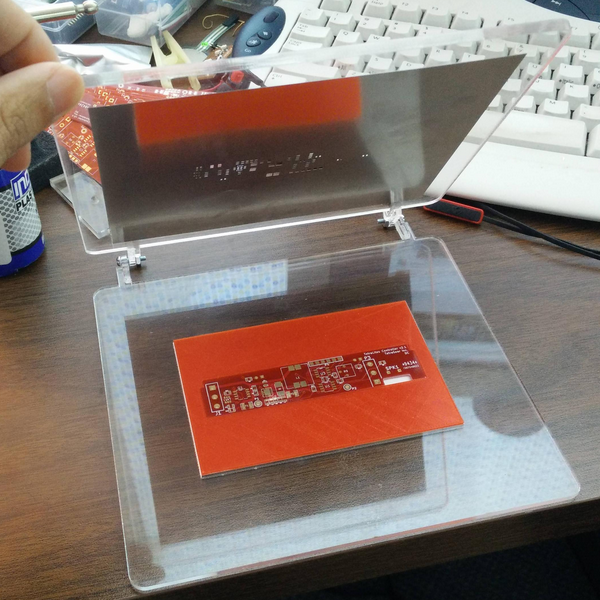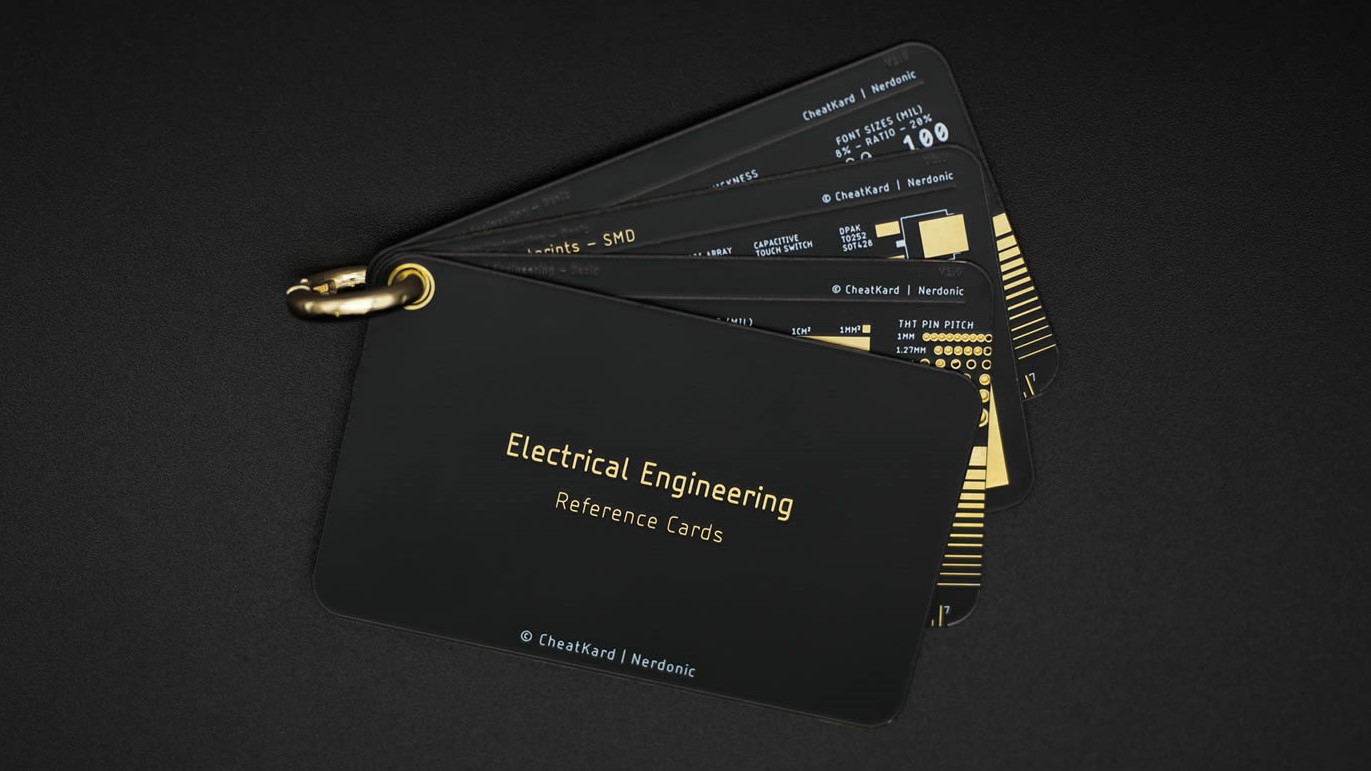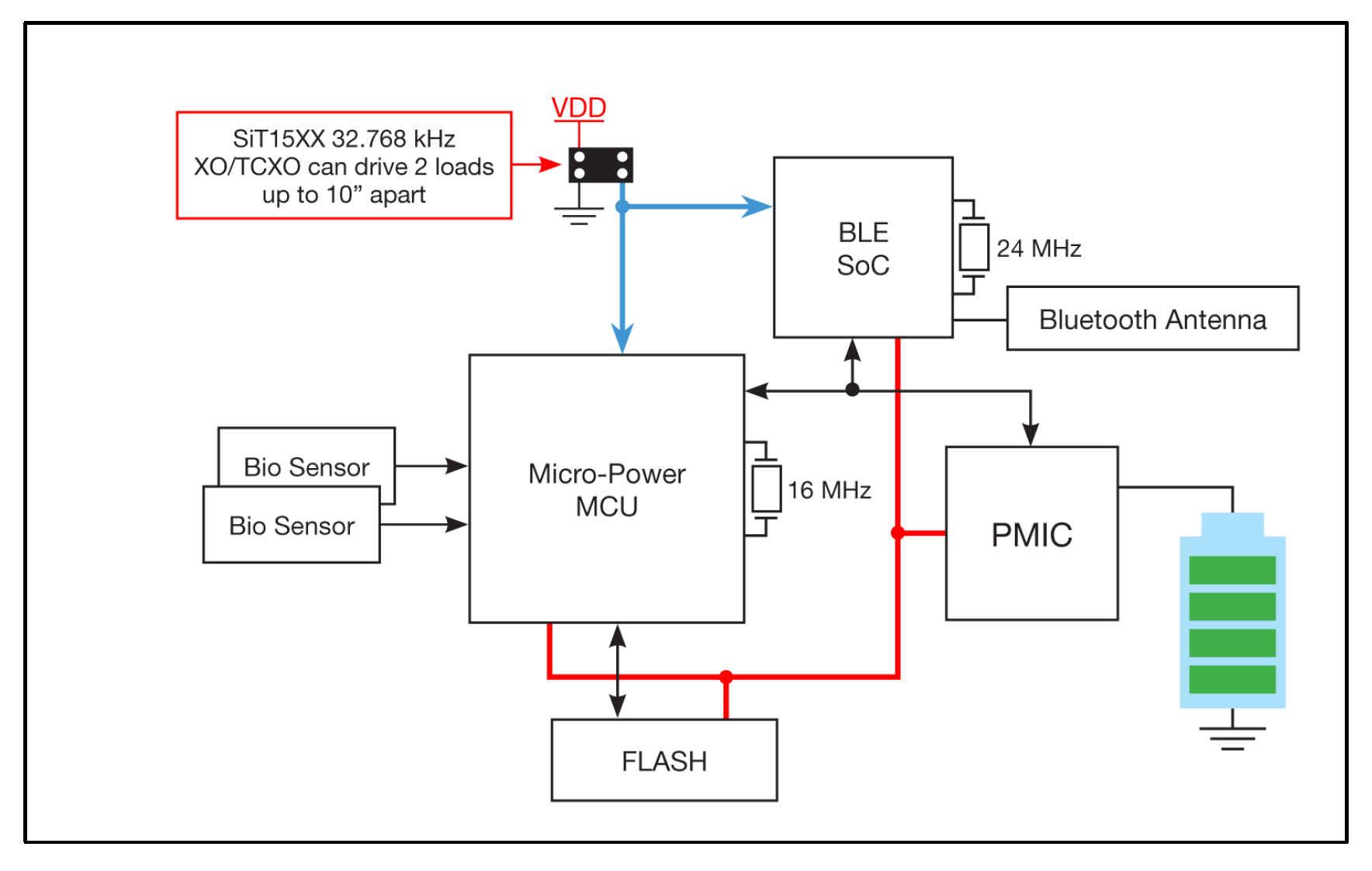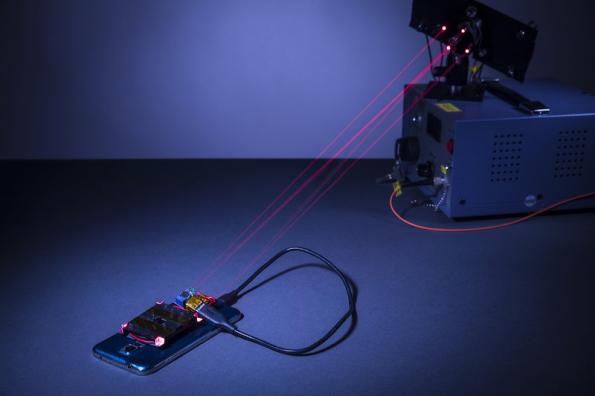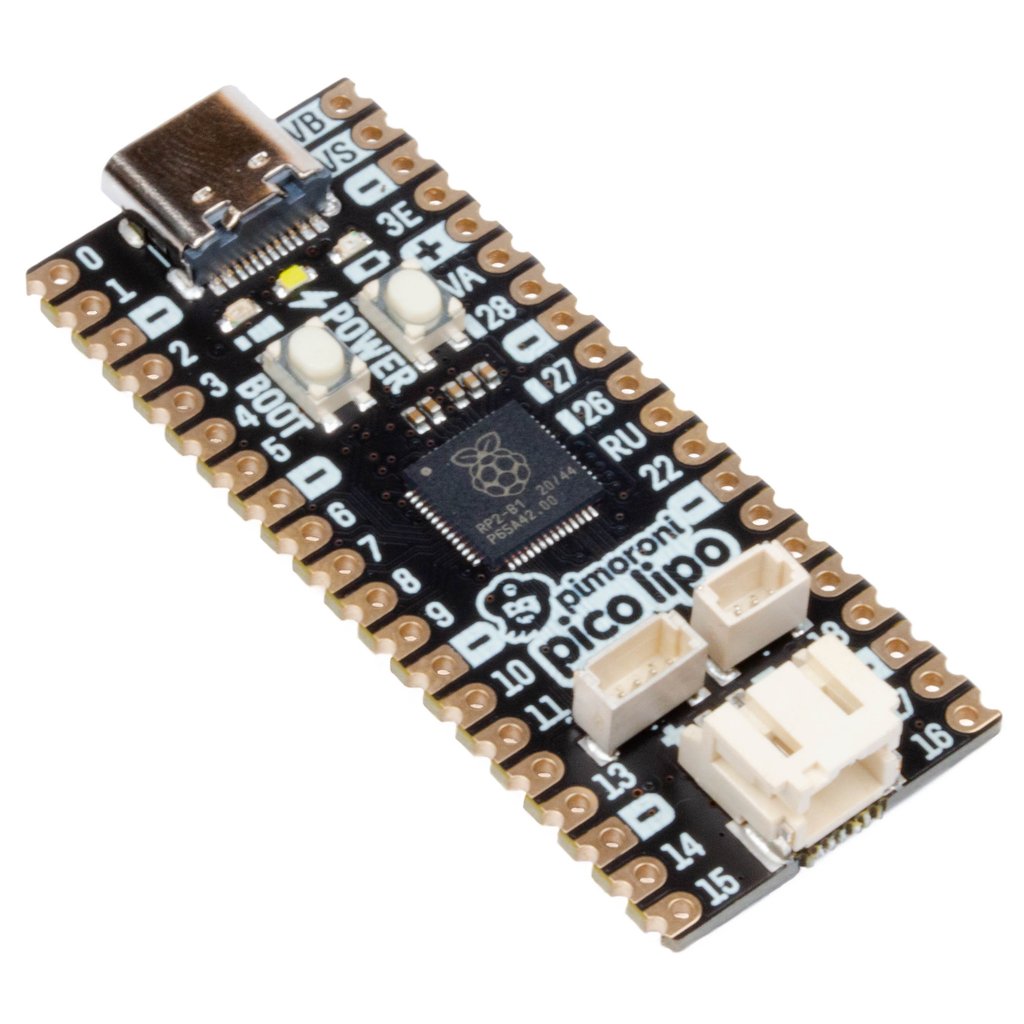
Pimoroni Pico LiPo board is suitable for Portable Applications
Pimoroni Pico LiPo, powered by the RP2040 microcontroller, comes with 16MB of flash storage, USB-C port, Stemma QT/Qwiic connector, and built-in LiPo charging capability. It enhances the functionality of the Pico and ensures compatibility with existing Raspberry Pi Pico add-ons.
Pimoroni Pico LiPo is a compact board with dimensions 53 x 21x 8mm. Along with the similar form factor, the pinout of Pimoroni Pico LiPo is the same as the Raspberry Pi pico. The identical pinout to the Raspberry pi pico makes this board a plug-and-play option for your projects. Discussing further, Programming the Pimoroni Pico LiPo is the same as programming the Pico. Programmable with C++, MicroPython, or CircuitPython, this board is the perfect powerhouse for your portable projects.
Technical Specifications of Pimoroni Pico Lipo
Pimoroni Pico LiPo features the ability to charge Lithium polymer and Lithium-ion batteries. The MCP73831 charge controller charges a LiPo battery quickly. This MCP73831 IC uses a constant current/constant voltage charge algorithm with selectable preconditioning and charge termination. The LiPo charger can charge the battery at up to 215mA when the board is plugged in over USB and the battery is connected. There are three LEDs for quick status updates: a power indicator, a battery charging status LED, and a user-programmable LED. The LiPo charging circuit also includes an XB6096I2S battery protector, preventing overcharging or over-discharging of the battery.
Pimoroni Pico LiPo has a USB-C connector which is another advantage over the original Pico. Power, data, and programming are all accessible through this connector. There are a large number of connectors on this board: a four-pin Qwiic/Stemma QT connector, a three-pin serial wire debug connector (JST-SH), and the last one is a two-pole JST-PH battery connection at the base of the board.
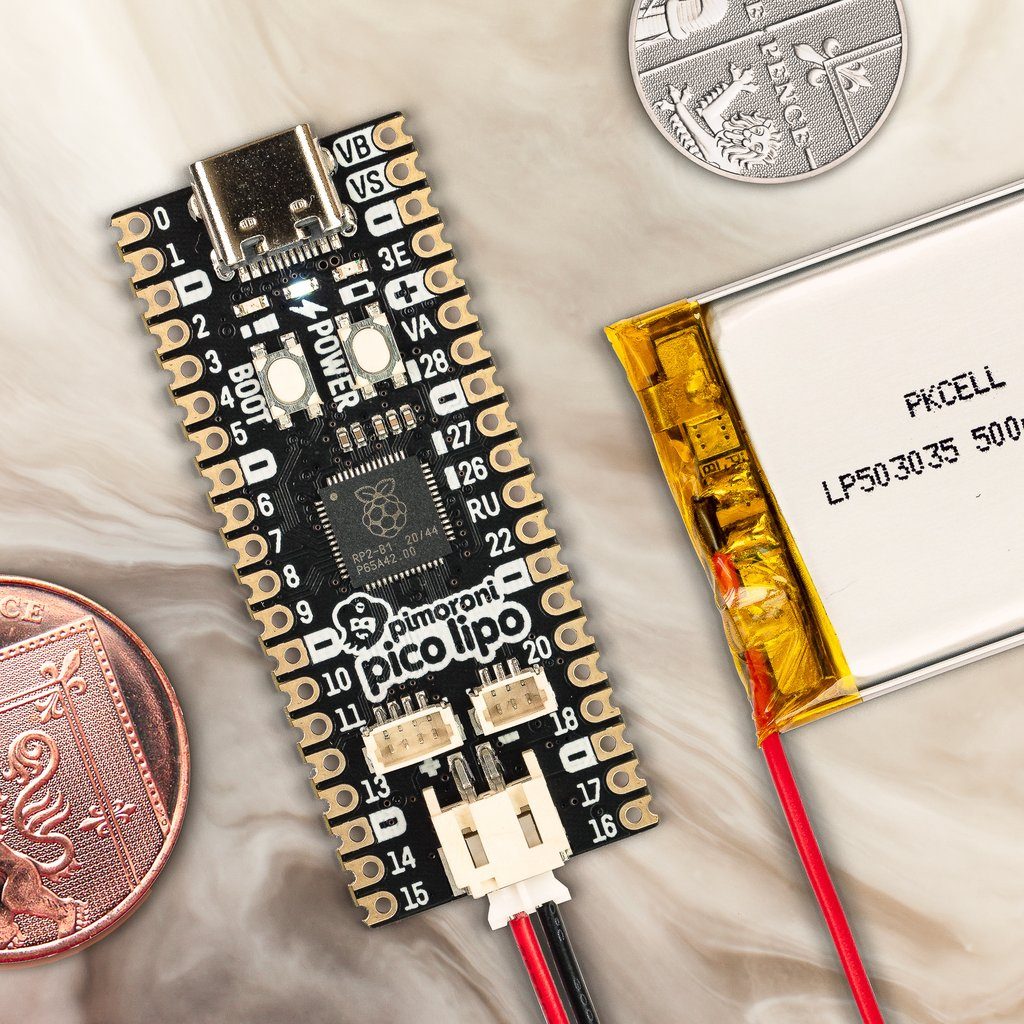
Pimoroni explains:
“Now it’s easy to connect things without soldering–there’s a Qwiic/STEMMA QT connector so one can connect a wide variety of different sensors and breakouts, as well as a debug connector for programming with an SWD debugger.”
The powerful onboard RP2040 is a dual-core Cortex-M0+ processor working at 133MHz featuring 264 KB SRAM and 30 multifunction GPIO pins, etc. Probably the most hyped part of the RP2040 chip is the 8 PIO state machines. The board also features a BOOTSEL button that can act as a user switch. Additionally, there is a power button that acts as a toggle switch. The article on Tom’s Hardware has unveiled the overall review of this board along with its design and use cases.
Additionally, the board has 16MB of QSPI (XiP) flash chip, which is the maximum RP2040 chip can support. Also on the side of the board is the power circuitry which includes an onboard regulator, capable of providing 600mA of current from the USB or battery input. The board has an input voltage of the range of 3-5.5V.
The Pimoroni Pico LiPo board costs £13.50, and is currently out of stock may be due to the silicon shortage. You can enter your email address and click “Notify Me” for getting updates on the availability of the board.
To know more about the Pimoroni Pico LiPo, one can visit the product page. Images and technical specifications have also been taken from the Pimoroni store’s product page.






